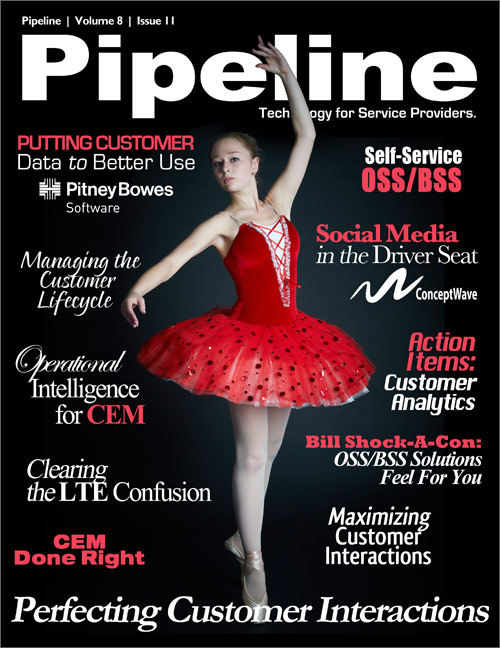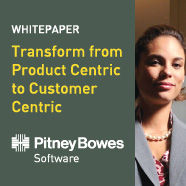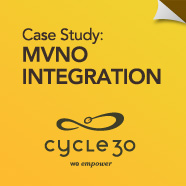And, while network reliability is certainly part of the CEM puzzle, it's only one piece. A new language is evolving. Indeed, when I asked Carol Borhesi, SVP Customer First Culture, Telus, about the drivers behind a positive customer experience, the word network wasn't uttered. "Handset functionality, product and service reliability, pricing and transparency, reputation and brand image," she said. Today we see CSPs investing in CEM initiatives that span multiple functional groups. Some of the most popular areas include:
- Self-Care Portals: As device and service complexity increases, synchronizing with legacy systems can create frustrating experiences for customers. This truth is played out in customer satisfaction scores over the past year, when arguably the best functioning handsets to date were released. Crafting a self-help portal that meets customers' needs—not a developer's idea of customer needs—is paramount. Verizon recently experienced a 15% decrease in calls to their contact center by deploying self-help tools.
- Real-Time Service Provisioning: Giving customers the ability to upgrade and control their services on the fly creates increased loyalty, transparency, and upsell opportunity. Wataniya Telecom recently deployed a Comptel solution that allows customers to dynamically choose their numbers and the packages they want in real time.
- Advanced Billing: Including real-time usage notification, interactive billing, and SMS notification. Many carriers have moved in this direction, particularly in light of bill shock. AT&T recently took next-gen billing a step further with U-Verse Video Bill, a flash-enabled interactive monthly bill.
- Contact Center Overhaul: Negative response to outsourced contact centers has driven many CSPs to re-think their call center strategy. According to Ovum, "Customer service is now so important to the overall health of telcos' businesses that previously outsourced contact-center functions or help forums are being brought back in house."


- Advanced Analytics: Data crunching suites that aggregate and correlate previously siloed data and contextualize it to deliver real-time, customer-centric intelligence, and expose new business opportunities.
- Retail 2.0: From kiosks to websites to brick and mortar stores, the initial customer interaction can occur almost anywhere these days. Retail strategies must evolve to deliver unified messaging and enable customers to select the right device for their needs. In the UK, Orange and T-Mobile have launched service concepts stores, and in the US, AT&T has built "Customer Experience" stores that offer a hands-on way to experience and shop for communications and entertainment services.
- Social Media: Some CSPs, like Telus and Verizon, have effectively leveraged social media to boost customer loyalty and improve reputation and brand image.
- Time Management: Several CSPs are implementing an innovative way to avoid frustrating call-center wait times: book an appointment. It's an easy win-win. Similarly, CSPs who have to send a technician to the home or business are leveraging SMS notification to eliminate frustrating appointment windows of the past. BT uses such a system to notify customers when a technician is on the way, and has seen a 50% reduction in complaints as a result.
This is a significant contrast to other approaches that simply cater to the customer that are costly and do not create the experience that attracts and keeps customers. This approach is unique in that it understands what matters to customers first and then invests in those areas so that the customers experience meets or exceeds their expectations.









